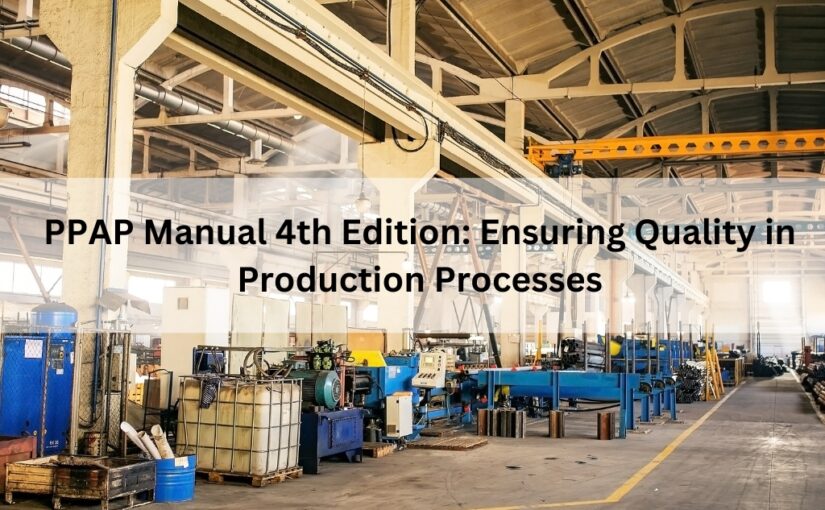Reaching ELV compliance in the UK
The RoHS and REACH EU directives have had many spin-offs, such as the End of Life Vehicle, or ELV directive which came into force in January 2006.
As part of its structured program of environmental reforms, the EU wants 85% of all scrap vehicle content to be recycled. At present the scheme is around 75% successful; however, it requires a high degree of financial and technological investment to be fully successful.
Parts of the ELV directive cross over into other areas, such as WEEE and ROHS compliance. Vehicle recycling is nothing new. Scrap yards have been recycling vehicles for years, mainly on account of the valuable metal content, which accounts for around 75% of the vehicle’s mass. However, vehicles from the 1990s onwards have been very different from those made in previous eras, with FPGA programming and printed circuit board wizardry going hand-in-hand with CAD visualization and computational fluid dynamics. There’s also the manufacturing methods, as plastics and manmade fibres have taken the place of chrome, wood and leather.
Although some recycling was done, a lot of vehicle components such as batteries, bulbs, plastics, glass, electric cables, paint finishes and chrome trims ended up in landfill sites. This led to unacceptable levels of mercury, lead, cadmium, hexavalent chromium, and polybrominated biphenyls and diphenyls ending up in the soil; these dangerous chemicals are today targeted by the ROHS directive. When considering all this, the need for an effective recycling strategy becomes obvious.
We at Enventure Technologies offer a wide range of manufacturing support solutions to the automotive industry, ranging from reverse engineering to master data management and REACH compliance.










